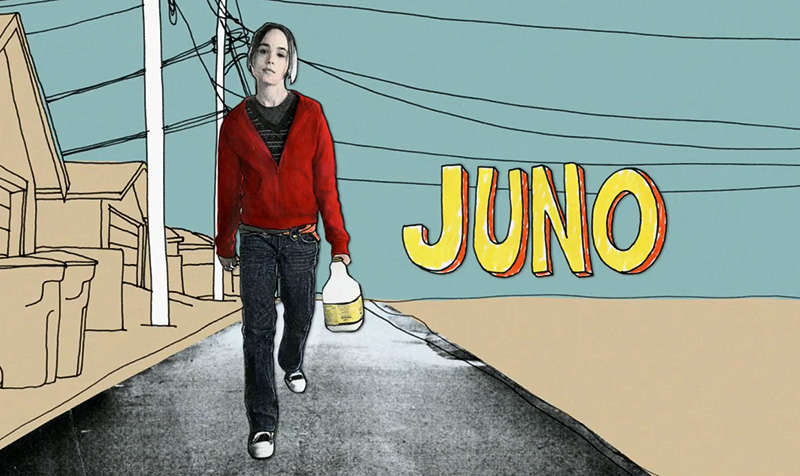What is the purpose of a film opening?
The main purpose of an opening sequence is to set a scene for the audience to establish the mood and atmosphere before the film begins, giving the film a chance to make a 'good first impression'. This can be from the presentation of a character, location, narrative or a particular theme. The opening frame of any film is used to grab the viewers attention and entice them to carry on watching.
There are many different types of film openings, each with their own purpose: An animated title sequence, flashback, flash-forward, a close-up/tracking shot and a narration over any mentioned.
Animation can be used in a film opening to present the beginning of the film in a creative way; some animated openings can use actual actors and some are fully animated - a good example of these methods are Juno and Catch Me If You Can.
There are many different types of film openings, each with their own purpose: An animated title sequence, flashback, flash-forward, a close-up/tracking shot and a narration over any mentioned.
 |
| 'Juno' animated title sequence with actors |
 |
| 'Catch Me If You Can' fully animated title sequence |
There are also many film opening conventions that can have an effect on the purpose of a film opening:
→ Studio/Productions
The majority of films start with different studio/production logos e.g. 20th Century Fox and Universal Studios and this is because they are advertising the company that has helped with distributing/producing. Some of the logos change their popular theme songs to match the film e.g. the cast of Pitch Perfect singing the theme of Universal and when Ralph from The Simpsons sings the theme of 20th Century Fox.
→ Studio/Productions
The majority of films start with different studio/production logos e.g. 20th Century Fox and Universal Studios and this is because they are advertising the company that has helped with distributing/producing. Some of the logos change their popular theme songs to match the film e.g. the cast of Pitch Perfect singing the theme of Universal and when Ralph from The Simpsons sings the theme of 20th Century Fox.
→ Titles/Opening credits
All films feature opening credits which generally include the name of the film and all of the important people involved e.g. directors, producers and cast. Many opening credits nowadays take a more creative approach like Skyfall which shows an extensive use of graphical effects. Additionally, the opening credits are normally in a particular order for every film e.g. the director is always mentioned at the beginning and at the end.
→ Narration
The narration/text at the beginning of a film opening informs the audience of what is happening or what is going to happen and it makes the audience understand the storyline a bit better. A good example of this is 500 days of summer; a voice over is used to address to the audience what the film is going to be about.
→ Non-Diegetic/Diegetic
A good example of a film that uses non-diegetic sound in it's film opening is 10 Things I Hate About You. The purpose could be to surprise the audience and clearly state the genre of the film e.g. 10 Things I Hate About You is a high school Teen Drama film and the opening upbeat non-diegetic music reflects this. However, if a Horror film used non-diegetic music in the opening, it would be quite slow and intimidating.



No comments:
Post a Comment